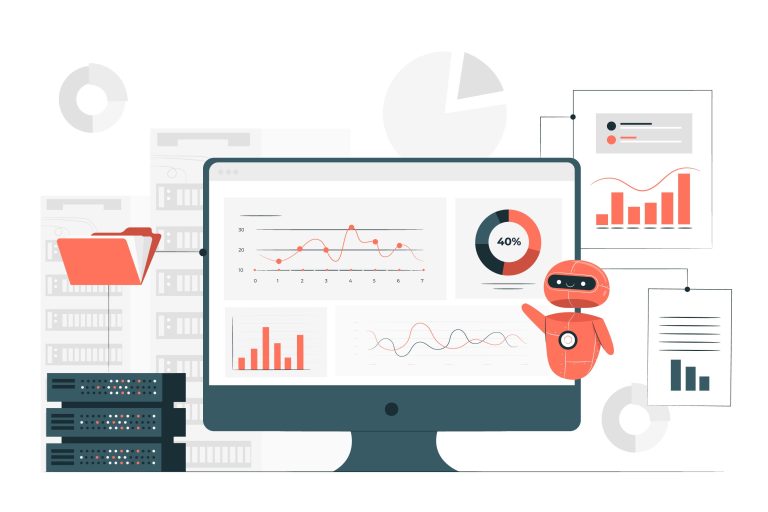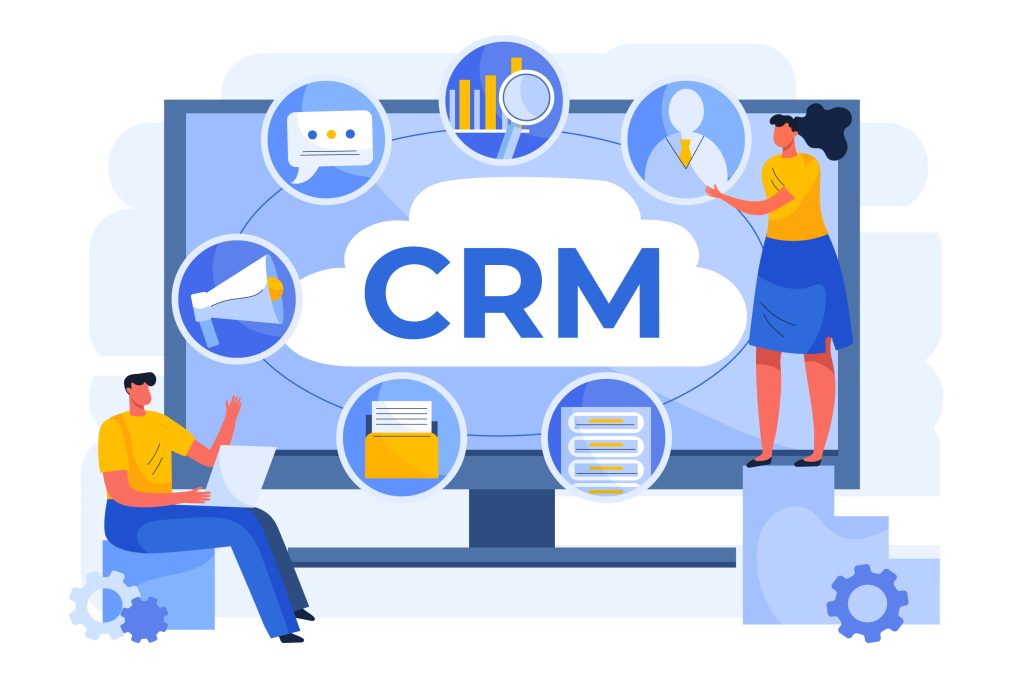The ROI of Sales Automation: Numbers That Will Surprise You
Get high ROI with sales automation

1. Introduction
Struggling to scale your sales without burning out your team? Sales automation might be the game-changing tool you’re overlooking. Beyond convenience, it delivers ROI that’s often underestimated—until you see the numbers.
Table of content
- What Is Sales Automation?
- Why ROI Matters
- Real-World Use Case: Mid-Sized SaaS Company
- The Hidden Benefits Beyond the Numbers
What Is Sales Automation?
Sales automation refers to the use of software to automate repetitive sales tasks like lead capture, follow-ups, reporting, and pipeline management. Instead of spending time on manual data entry, reps can focus on what they do best: closing deals.
Why ROI Matters
In any business investment, Return on Investment (ROI) is the key metric. It answers one crucial question: Is it worth it? With sales automation, the data overwhelmingly says yes.
Real-World Use Case: Mid-Sized SaaS Company
A mid-sized SaaS firm integrated sales automation tools like HubSpot and Lemlist. After six months:
Sales calls per rep increased by 22%
Lead response time dropped from 30 hours to under 1 hour
Revenue rose by 18%
The kicker? They saved $60,000 annually by reducing their sales support workload.
The Hidden Benefits Beyond the Numbers
While ROI is impressive, sales automation brings additional value:
Consistency: No missed follow-ups or sloppy handoffs.
Scalability: Grow your outreach without hiring more staff.
Visibility: Track team performance in real-time.
Conclusion
If you’re not using sales automation, you’re leaving revenue on the table. Whether you’re a startup or an established brand, now is the time to evaluate how automation fits into your growth strategy.




